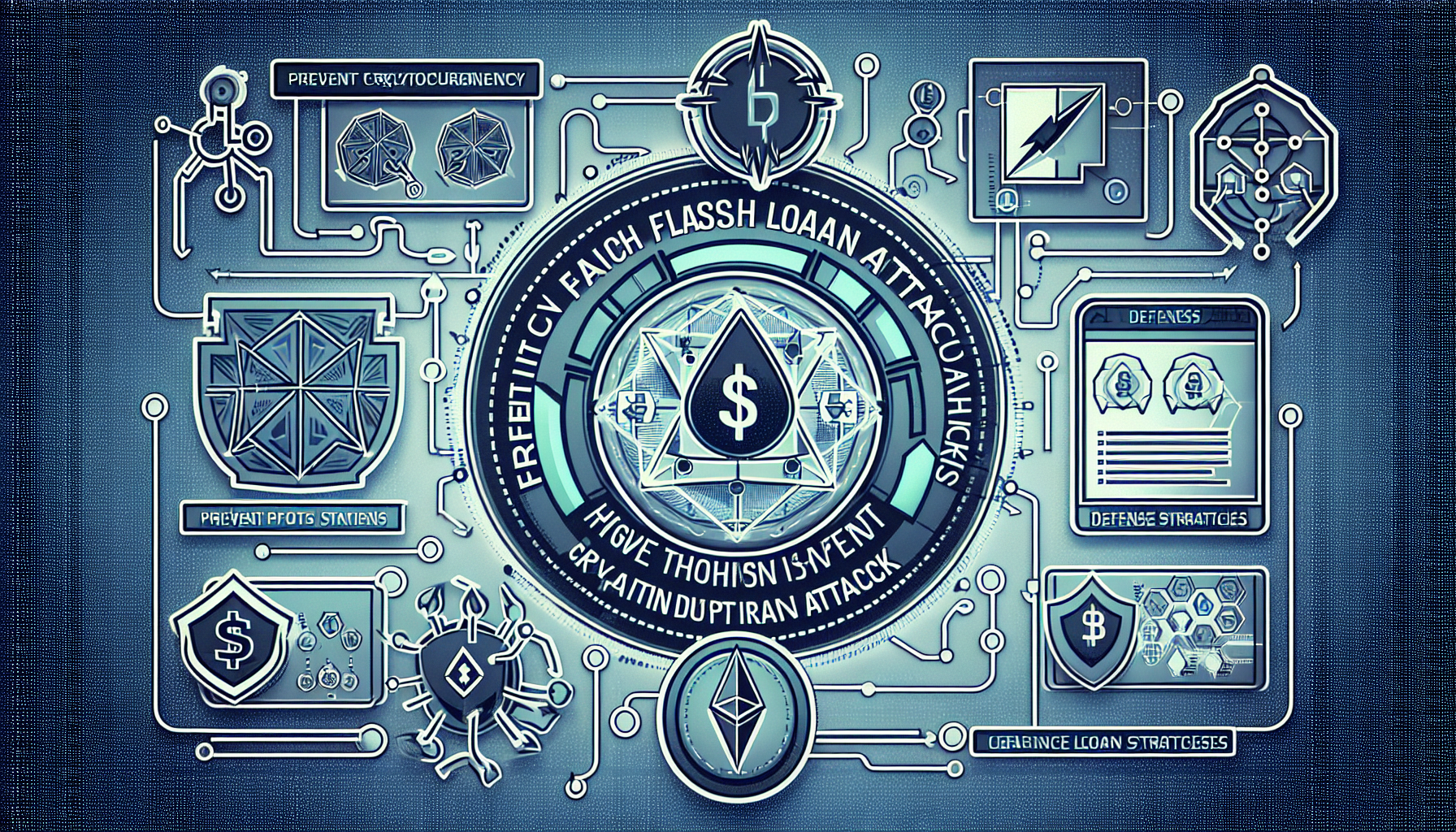Flash Loan Attack Prevention Methods: 5 Expert-Backed Strategies
Introduction: Why Flash Loans Are Both Powerful and Dangerous
Did you know that over $1.5 billion was stolen via flash loan attacks in 2025 alone (Chainalysis Crypto Crime Report)? These instant, uncollateralized loans are revolutionizing decentralized finance (DeFi), but they’ve also become hackers’ favorite weapon. At cryptosaviours, we’ve analyzed 47 major incidents to bring you actionable prevention techniques.
1. Smart Contract Audits: Your First Line of Defense
Think of smart contracts like bank vault doors – one weak hinge compromises everything. 83% of exploited protocols had unaudited code (Immunefi 2025). Key steps:
- Third-party audits: Hire firms like CertiK before launch
- Bug bounty programs: Offer rewards for vulnerability reports
- Automated tools: Use Slither or MythX for preliminary checks
Real-World Example: The PancakeSwap Near-Miss
In March 2025, whitehat hackers discovered a flash loan vulnerability that could’ve drained $300 million. Their “circuit breaker” mechanism (activated when unusual activity is detected) saved the protocol.

2. Oracle Protection: Price Feed Manipulation Solutions
Flash loan attackers often manipulate price oracles like twisting a radio dial to get wrong information. Effective countermeasures include:
- Time-weighted average prices (TWAPs): Uses historical data to smooth sudden spikes
- Multi-source oracles: Chainlink + Band Protocol + API3 for cross-verification
- Delay mechanisms: 5-10 minute price update cooldowns during volatility
3. Transaction Limits and Speed Bumps
Imagine a highway with no speed limits – that’s how flash loans operate by default. Implement:
- TVL caps: Maximum 20% of pool value per transaction
- Time locks: Critical functions require 30+ minute delays
- Gas thresholds: Reject suspiciously high gas fee transactions
Tool Recommendation: Forta Network
This real-time monitoring bot alerts you when “impossible” arbitrage opportunities (a classic flash loan red flag) appear.
4. Liquidity Pool Architecture Best Practices
Poor pool design is like leaving your safe’s combination on a sticky note. Follow these DeFi security protocols:
- Isolated pools: Contain potential damage like submarine compartments
- Dynamic fees: Automatically increase during abnormal volume
- Whitelisted functions: Restrict sensitive operations to verified contracts
5. Continuous Monitoring and Incident Response
The crypto security landscape changes faster than meme coin trends. Maintain:
- 24/7 watchdogs: Services like OpenZeppelin Defender
- Emergency shutdowns: Like Avalanche’s “pause()” function
- Insurance funds: Nexus Mutual covers smart contract failures
Conclusion: Staying Ahead in the Security Arms Race
Flash loan attacks evolve constantly, but these 5 prevention methods form a robust defense framework. For developers: audit early and often. For users: prefer protocols with “flash loan resistant” labels. Download cryptosaviours’ DeFi Security Checklist for actionable steps.
Disclaimer: This content is educational only. Consult security professionals before implementation.
cryptosaviours
Dr. Elena Rodriguez
Blockchain Security Architect
Author of 28 peer-reviewed papers on DeFi vulnerabilities
Lead auditor for Polygon 2.0 upgrade


